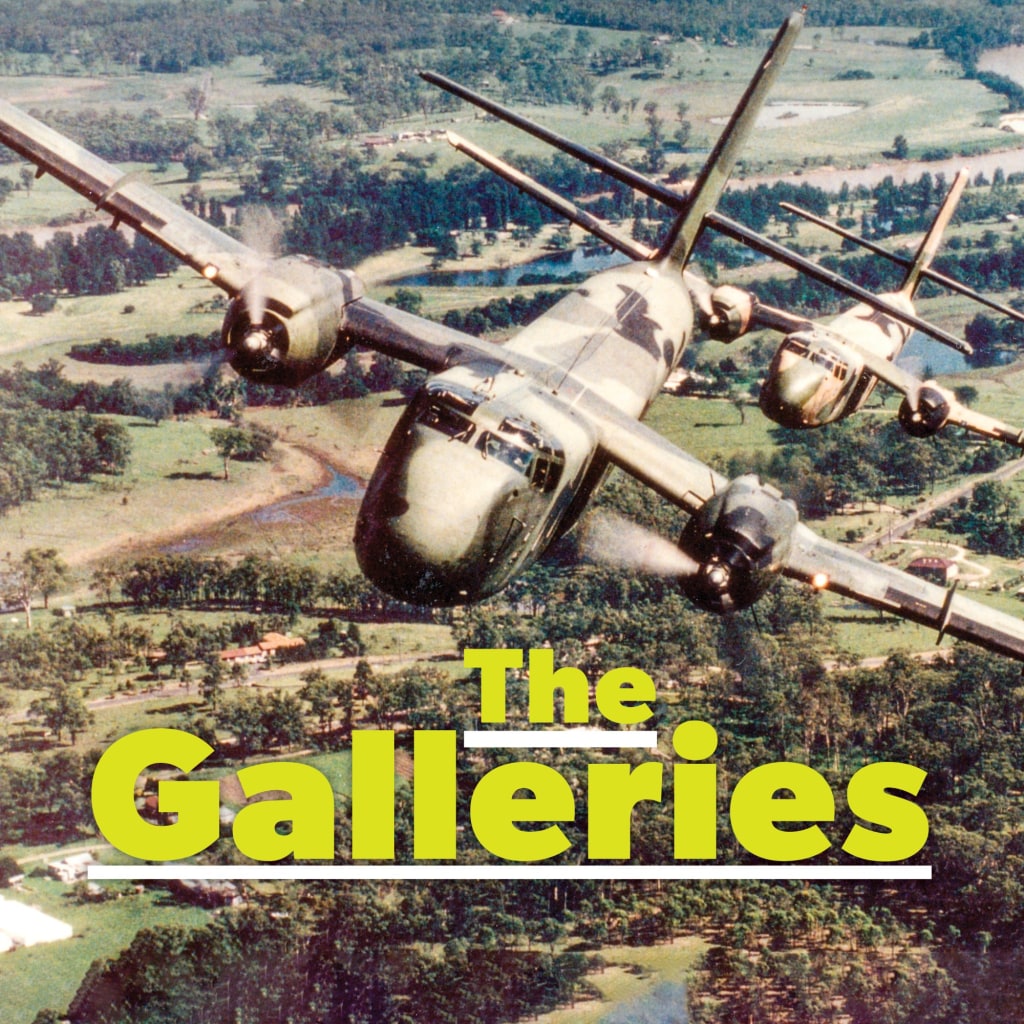
A retired F-111C is towed to be placed on display at the RAAF Wagga Heritage Centre last year. Nearly 30 years ago command for the jet became the responsibility of the Strike Reconnaissance Group. defence
Function over geography
Combat power through organisation, part 3
The October and November ‘On Target’ columns, outlined the evolution of RAAF organisational policy up to 1986, with the observation that although the RAAF proclaimed to organise itself on a functional basis, that organizational functionality was disrupted by the reality that ‘RAAF Formation Officers Commanding’ were geographically limited ‘RAAF Base Officers Commanding’. So unless all the assets of an air capability were co-located, such as the maritime patrol units at RAAF Base Edinburgh, the singular oversighting of an air force capability by a dedicated commander was difficult.
For instance, when Mirage squadrons were resident at Williamtown, Butterworth and Darwin, the three squadrons reported through different command chains, through their respective OC’s at Williamtown, Butterworth and Darwin. Similarly the RAAF air support squadrons of Chinook, Iroquois and Caribou were spread across Fairbairn, Richmond, Amberley and Townsville with command chains through four different OC’s. These command arrangements meant there was no single appointment responsible for the oversight of either the tactical fighter force, or the tactical transport force, until the various command chains came together at the level of the AOC, Operational Command.
This content is available exclusively to Australian Aviation members.
Subscribe to Australian Aviation for unlimited access to exclusive content and past magazines.A monthly membership is only $5.99 or save with our annual plans.
- Australian Aviation quarterly print & digital magazines
- Access to In Focus reports every month on our website
- Unlimited access to all Australian Aviation digital content
- Access to the Australian Aviation app
- Australian Aviation quarterly print & digital magazines
- Access to In Focus reports every month on our website
- Access to our Behind the Lens photo galleries and other exclusive content
- Daily news updates via our email bulletin
- Unlimited access to all Australian Aviation digital content
- Access to the Australian Aviation app
- Australian Aviation quarterly print & digital magazines
- Access to In Focus reports every month on our website
- Access to our Behind the Lens photo galleries and other exclusive content
- Daily news updates via our email bulletin












